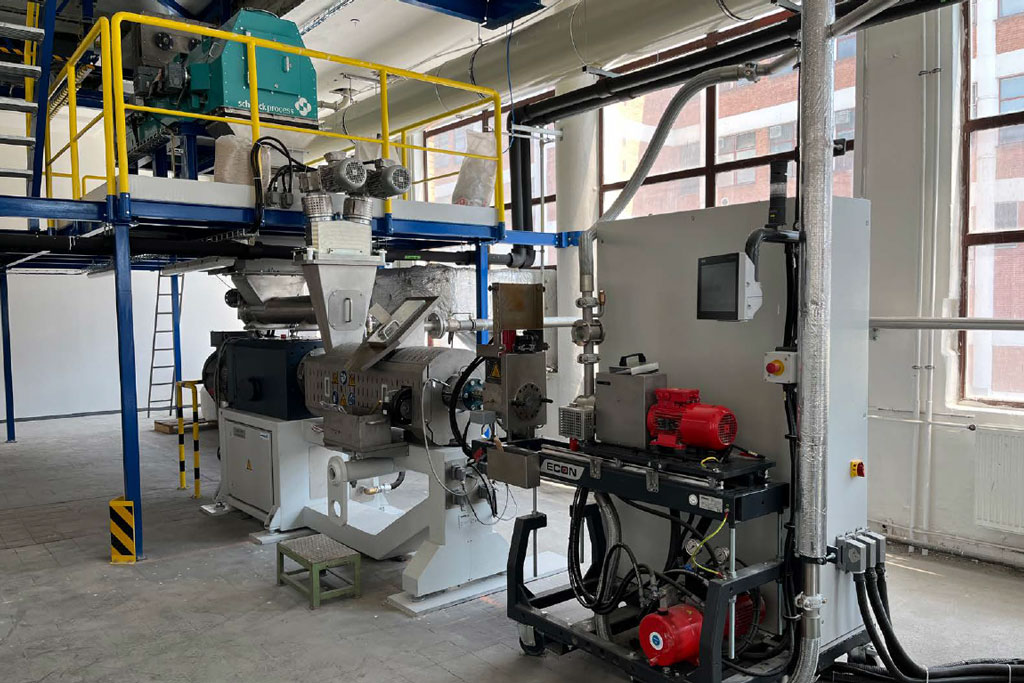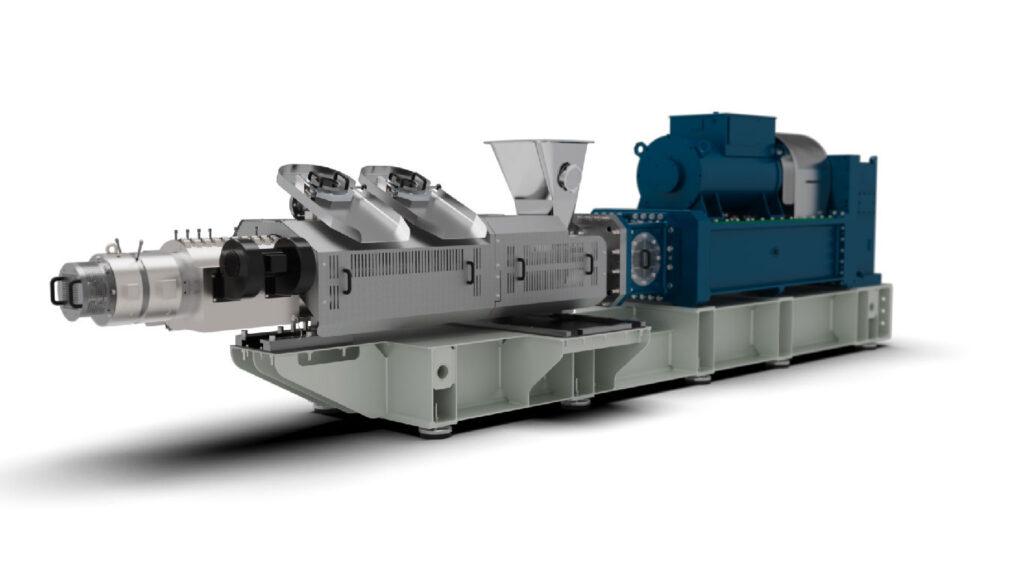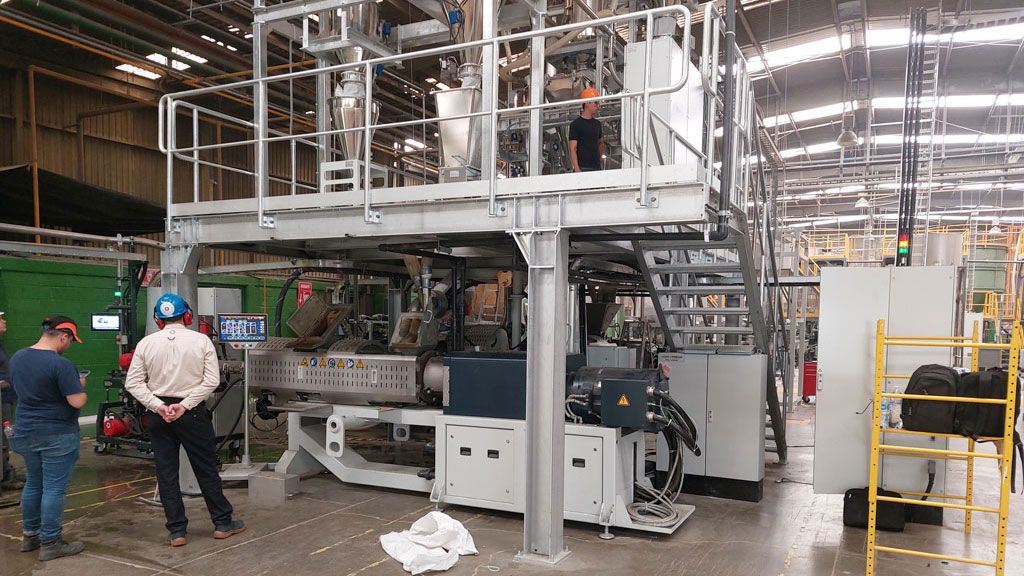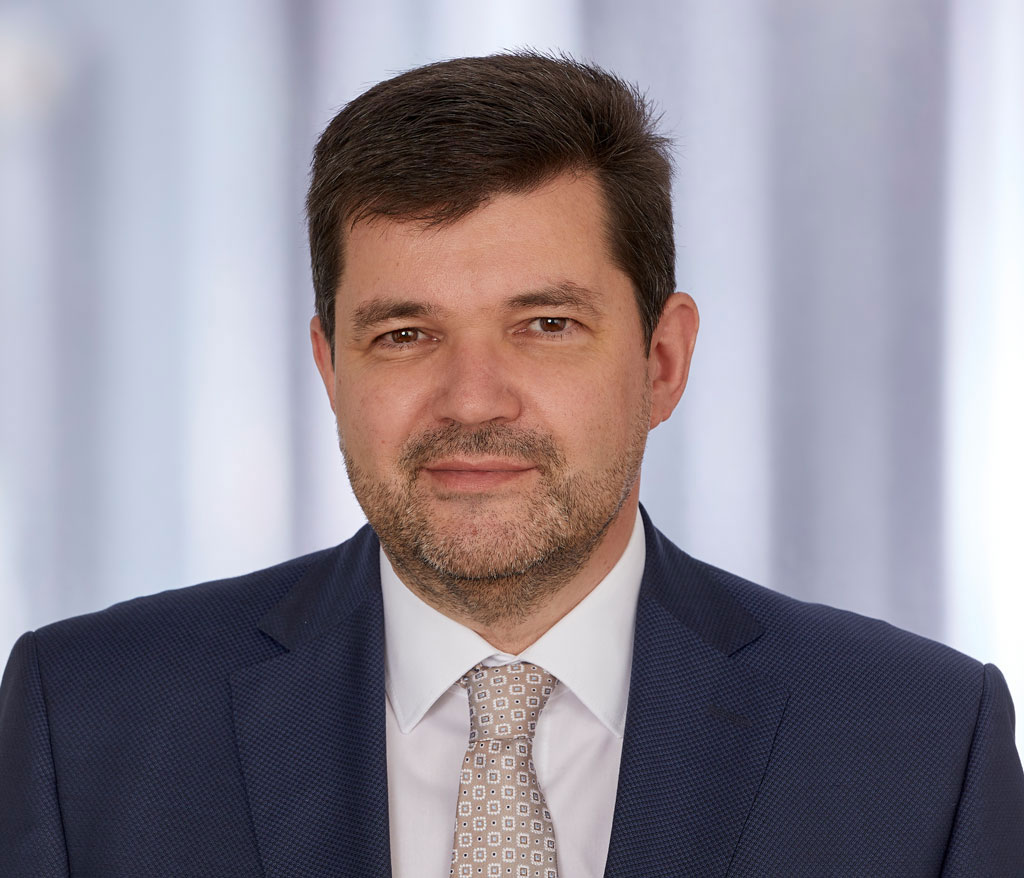Success story: New granulation line to help reduce waste – a report from the client’s perspective
At the beginning of April, we at Fatra installed a granulation line from the Austrian company MAS in building number 34 in Napajedly. The new line can process into granulate form some heterogeneous technological wastes that until now ended up in landfills or were destined for sale to external companies due to the lack of suitable technology for their processing.
New separation options
The primary focus of the line is on processing PES/PVC lumps, a mixture of PVC and polyester fibers that are generated in the production of roof waterproofing membranes.
PES/PVC fiber Process process waste in the form of offcuts and non-conforming products containing PES mesh is processed on Alpine’s separation linesin crushing lines. The scraps are cut into small pieces, and in the following steps, using air, the loosened PES fibers are blown off to form waste PES lumps.
From landfilled material to safe processing
The resulting lumps, although still containing approximately 50% of the high-quality PVC, have been technological and, therefore, unusable material, which was landfilled. This amounted to about 260 tons of material, for which we had to pay. Finding a way to recover this material took much work.
Developmentally, we set out to do this in 2015 to 2017 as part of a joint project with Tomas Bata University in Zlín and Brno University of Technology. The shift towards implementing the solution proposed during the project took place in 2020 when a follow-up PTR task was formulated, aimed at preparing technical and economic documents for the launch of the investment project.

Technological waste turned into returnable material
In addition to PES lumps/PVC fibers, the MAS line can process technological waste with glass fleece from producing waterproofing films and floor coverings. The resulting granulate can be reused in producing semi-finished waterproofing membranes and underlay membranes for floor coverings. It will also be possible to use the resulting granulate to produce newly considered products such as tiles and profiles.. Overall approximately 320 tons of material will be processed into usable granulate.
The resulting granulate can be reused as returnable material in producing semi-finished waterproofing membranes and underlay membranes for floor coverings. It will also be possible to use the resulting granulate to produce newly considered products such as tiles and profiles.
The new granulation line in detail
For the technically inclined reader, here is a brief description of how the granulation line works.
Before the materials enter the line, the resulting technological waste must be crushed. For this reason, the granulation line is continuously connected to the Alpine 2 and 3 separationcrushing liness. A conveyor is placed to ensure that the hopper is accurately supplied with the processed material. This hopper then provides the forced feed to the extruder. Finally, in the extruder, two conical screws with the same sense of rotation are used to effectively mix the mixture and, above all, to process the PES fibers.
. Next, the resulting melt is transported to the granulation extrusion head. This is an underwater granulator head, an essential part of the line. Here, knives are used to chop the material to be extruded into granules while shortening the PES fibers.
The resulting granulate is carried away by the water current, which cools it down and prevents it from sticking together. Next, it passes through a rotary centrifugal device, where the granulate is separated from the water and dried. It is then transported via a pneumatic conveying line to the filling station.
An investment into the future
Acquisition and commissioning a new granulation line will mainly reduce the amount of landfilled polymer waste and, thus, financial savings for landfilling. At the same time, the consumption of primary raw materials will be partly replaced by regranulation. The project will also contribute significantly to strengthening the environmental profile of the company in full compliance with the principles of sustainability.




